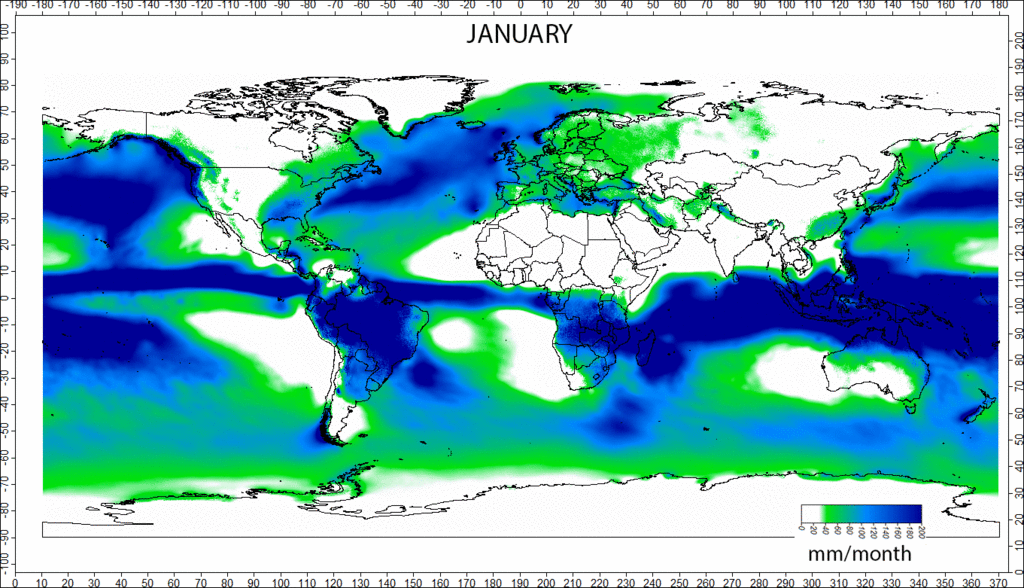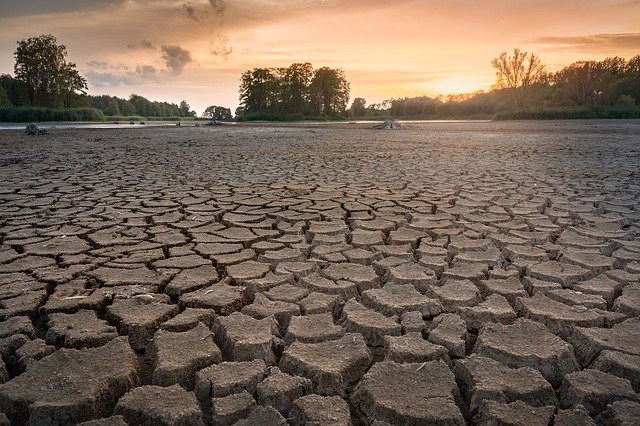Vor kurzem verloren angebliche Faktenchecker gegen Tichys Einblick vor Gericht. In der Tat ist es schwierig zu entscheiden, ob Faktenchecker wirklich nur die Fakten checken, oder einer eigenen ideologischen Berufung folgend einfach andere Meinungen unterdrücken wollen. Nichts anderes ist die Zensur in totalitären Regimen. Wer eine andere Meinung hat, gilt als Feind.
Edda Humprecht von der Universität Zürich publizierte im November 2019 eine Studie über Faktenchecker und die Transparenz ihres Tuns. Das Paper kann kostenlos im Fachblatt auf Digital Journalism gelesen werden:
How Do They Debunk “Fake News”? A Cross-National Comparison of Transparency in Fact Checks
Fact-checking has gained importance in recent years, as so-called “fake news” has started to spread on social media. News outlets and independent organizations engage in debunking to combat the massive spread of disinformation. However, several authors have argued that fact checkers can only be successful if they win the trust of the audience – by making their practices transparent. This article analyzes the degree of source transparency provided by eight fact checkers from different countries (the US, the UK, Germany, and Austria). The findings show major differences among the outlets studied which can be attributed to varying levels of journalistic professionalism as well as to organizational differences. Implications for the success of fact-checking and solutions to combat online disinformation are discussed.
+++
Der El Nino führt weltweit in vielen Regionen zu charakteristischen Wetterveränderungen. In einigen Gebieten wird es trockener, in anderen feuchter, in einigen wärmer, in anderen kälter. Hier eine kleine Übersicht (von fews.net):

Abbildung: Auswirkungen eines El Nino auf das globale Hydroklima.
Nach einem milden El Nino diesen Winter deutet nun einiges auf das Eintreten einer kühlenden La Nina für die kommende nordhemisphärische Wintersaison hin. Nachzulesen hier.
+++
Dialog einer Klimaalarmistin mit einem Klimarealisten, sehenswert:
+++
Erwärmung führt zu mehr Trockenheit? Nein. Ursache: mehr Vegetation durch CO2-Düngung. Das Märchen von der menschgemachten Trockenheit… ist ein solches. Yang et al. vom 3. Juni 2020:
Comparing Palmer Drought Severity Index drought assessments using the traditional offline approach with direct climate model outputs
Anthropogenic warming has been projected to increase global drought for the 21st century when calculated using traditional offline drought indices. However, this contradicts observations of the overall global greening and little systematic change in runoff over the past few decades and climate projections of future greening with slight increases in global runoff for the coming century. This calls into question the drought projections based on traditional offline drought indices. Here we calculate a widely used traditional drought index (i.e., the Palmer Drought Severity Index, PDSI) using direct outputs from 16 Coupled Model Intercomparison Project Phase 5 (CMIP5) models (PDSI_CMIP5) such that the hydrologic consistency between PDSI_CMIP5 and CMIP5 models is maintained. We find that the PDSI_CMIP5-depicted drought increases (in terms of drought severity, frequency, and extent) are much smaller than that reported when PDSI is calculated using the traditional offline approach that has been widely used in previous drought assessments under climate change. Further analyses indicate that the overestimation of PDSI drought increases reported previously using the PDSI is primarily due to ignoring the vegetation response to elevated atmospheric CO2 concentration ([CO2]) in the traditional offline calculations. Finally, we show that the overestimation of drought using the traditional PDSI approach can be minimized by accounting for the effect of CO2 on evapotranspiration.
+++
In welchem Monat regnet es wo am meisten? Bei Wikipedia gibt es eine schön animierte Grafik, die genau dies illustriert.

Greenmind1980 / CC BY-SA (https://creativecommons.org/licenses/by-sa/4.0)
